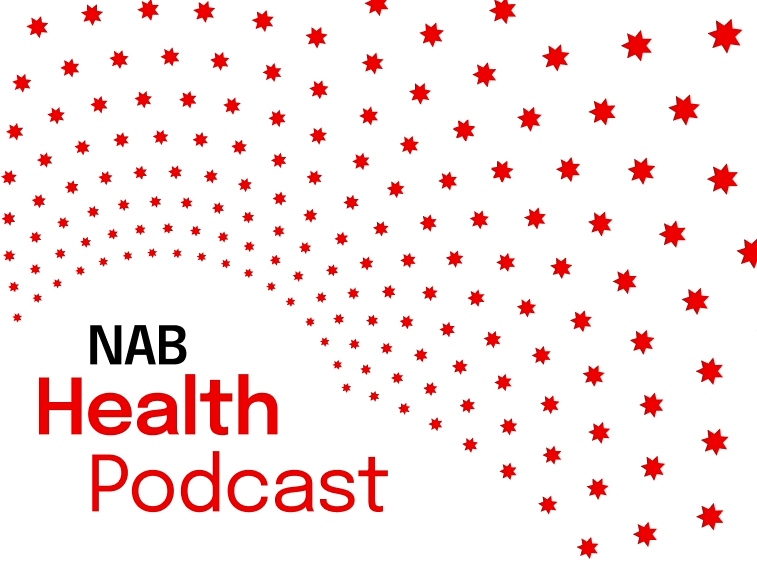23 July 2025
NAB Head of Behavioural and Industry Economics Dean Pearson sat down with the PodMD team to discuss our recent 2024/25 NAB Health Special Report (Part 2). PodMD create podcasts for medical professionals.
August 15, 2023
This article first appeared in the Australian Financial Review.
By Health View

While technology is revolutionising the way we consume health services – for example with wearable devices as well as through more opportunities for telehealth which reduces the need for face-to-face consultations for people unable to see a doctor – there are still a myriad of challenges we need to overcome.
Chief among these is a shortage of medical professionals such as general practitioners, not to mention the huge shortfalls in the aged care sector.
Looking at Australia’s impending GP shortage, a Medical Deans of Australia and New Zealand survey undertaken in 2017 found that just 16.7 per cent of final year medical students listed general practice as their first preference for future specialty in 2017. When the same survey was undertaken in 2021, the numbers were even lower with the number dropping to 14.7 per cent, the lowest rate in 10 years.
To put that into raw numbers, analysis from the Australian Medical Association has confirmed, the nation is facing a shortage of more than 10,600 GPs by 2031, with the supply of GPs not keeping pace with growing community demand.
In regional areas, that GP shortage is even more acutely felt where there’s a real struggle to secure the services a whole host of local medical professions such as radiologists, dentists, nurses and pharmacists.
Bearing all this in mind, the good news in the recent federal budget was the announcement that $5.7 billion is set to go towards general practice over the next five years. What’s more, $500 million was allocated to building up bigger teams in general practices as well as adding nurses and allied health workers to support GPs.
There was also a much-needed pay increase for aged care workers as they are the people looking after our vulnerable and our aged. Importantly, what the budget recognised was that if we want a healthy, robust economy we need a healthy and robust population.
The budget also recognised the changing way we consume health with increased funding for telehealth and digital services.
Another change in the way we consume health is the way Australians have embraced self-testing in recent years – whether it be measuring our blood pressure, testing for bowel cancer or checking if we had contracted COVID during the height of the pandemic.
This increased incidence of self-testing and use of digital health services takes the pressure off health professionals to a degree, and heralds a new age of blended care where consumers can manage some health issues as individuals, while utilising doctors for more acute matters.
At NAB, we’ve been committed to helping strengthen the nation’s health sector for more than 20 years with a team of bankers who have deep domain expertise in the sector.
While a safe, strong health sector means healthier customers, we also own HICAPS – the nation’s leading healthcare claiming solution – as well as specialist healthcare financing company Medfin. This puts us in a unique position to deliver what we believe is the strongest specialisation in health of any of the major banks.
Our commitment to the sector also extends to the quarterly NAB Australian Wellbeing Survey which charts the overall wellbeing of Australians. Unfortunately, the most recent Index found 1 in 3 Australians think they’re worse off financially than they were a year ago.
Unsurprisingly, our financial health contributes hugely to our overall sense of wellbeing and this was reflected in self-reported health outcomes in Q1 2023, where Australians continue to consider themselves only “moderately” healthy across all aspects of their health (mental, social and physical) with mental health trending lower than the previous year. In fact, around 1 in 3 Australians identify as having “high” levels of anxiety.
However, one of the bright spots in the most recent Survey revealed it would seem we get happier as we get older, with Australians over 65 reporting the highest health outcomes for their emotional and mental health, social health, and physical health.
As the nation’s population ages, NAB is playing a leading role by supporting key players in retirement living – be it lifestyle villages or the fast-growing land lease sector – to help older Australians consider how they can best get on with living well in their sunset years.
And what could be important than that.

Julie Rynski is NAB’s executive business banking metro and specialised – Australia

PODCAST
23 July 2025
NAB Head of Behavioural and Industry Economics Dean Pearson sat down with the PodMD team to discuss our recent 2024/25 NAB Health Special Report (Part 2). PodMD create podcasts for medical professionals.
